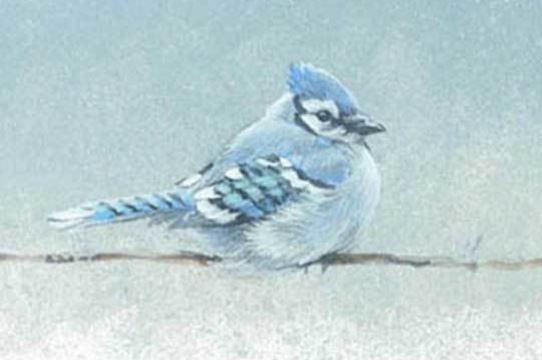Learning Graph Structures, Graphical Lasso and Its Applications - Part 1: Background
Published:
One interesting concept in Computer Science is that of the Undirected Graphical Model, which is basically an undirected graph in which the vertices represent entities/variables and the edges show the correlation between the entities. Sounding abstract? You are definitely not alone. Let us look at some real-world examples first:
Say you work for a social network company and have been tasked with finding how correlated two users are to each other. You ingeniously think of the idea of showing such relationships as an undirected graph where each vertex stands for one user and each edge the existence and the strength of the correlation between two users.
You want to break into the world of equity investing. However, confronted with the huge universe of stocks in say SP500 and unwilling to expend your precious time going through the fundamental balance sheets of each of the companies behind the tickers, you are stuck and unsure how to proceed.
Fortunately, you have learnt graphical models and think it a time to apply what you have learned from it to declutter your mind a little bit by creating a graph, which shows the relationship between different tickers based on historical data, where one vertex is one stock and the edge how strongly they correlate. Such a graph would be a perfect starting point, from where you can further refine investment ideas by e.g. identifying clusters of strongly correlated stocks as a portfolio, etc.
One pratical example will be shown on this problem in a later section of this series.
You are doing brain science research and would like to find out what brain regions are involved(co-vary) when human beings or animals are performing certain tasks and how strongly they correlate; naturally here, one vertex will represent one interested region and the edge how strongly they co-act in response to the stimuli.
The list goes on and your imagination is the limit.
Hopefully you are now enough interested in this idea of learning undirected graph from data and would like to know how to approach it. Let us get right into it in the next section.
